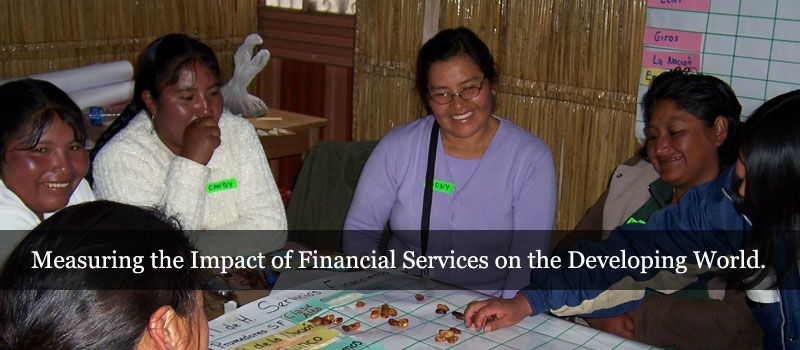About the Project
Measuring the impact of financial services in the developing world has been a point of great debate in the field of international development. While previous assessment research has shown impacts to be generally positive, the extent of the impact often does not match the enthusiastic rhetoric of the field, and even negative effects have been documented. The studies also have shown that microfinance programs tend to reach households just above or below the poverty line, rather than the extreme poor—i.e. those in greatest need of poverty alleviation. At the same time, multiple studies have suggested that there are pathways to improved outreach—better ways of reaching poorer households—using innovative products, services, and delivery systems.
With grant funding from the Bill & Melinda Gates Foundation, the IRIS Center and Microfinance Opportunities, is examining the impact of innovations undertaken by several organizations supported by the Foundation. The project employs new research methodologies that focus on the impact of innovative financial services for the poor at the level of the client's household, individual enterprise, and the institution.




